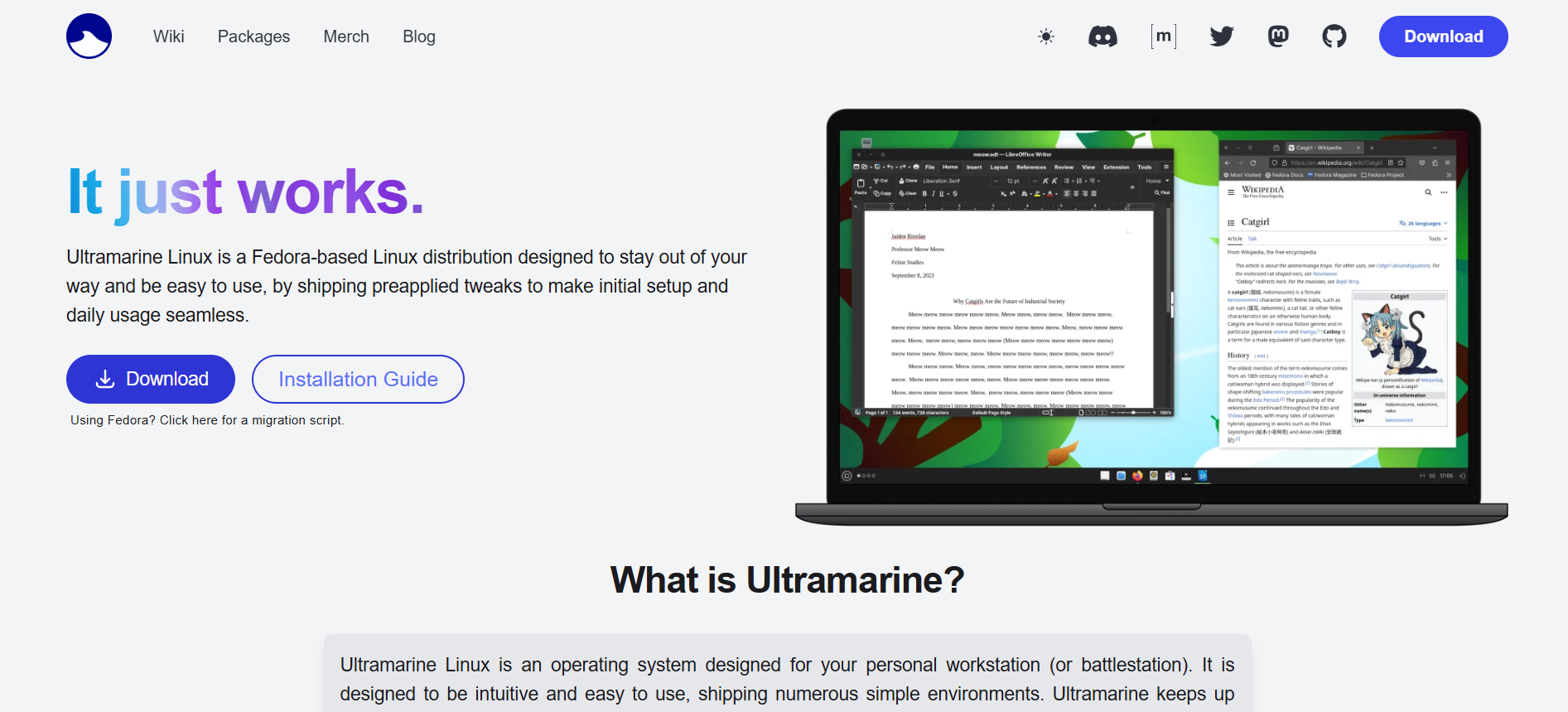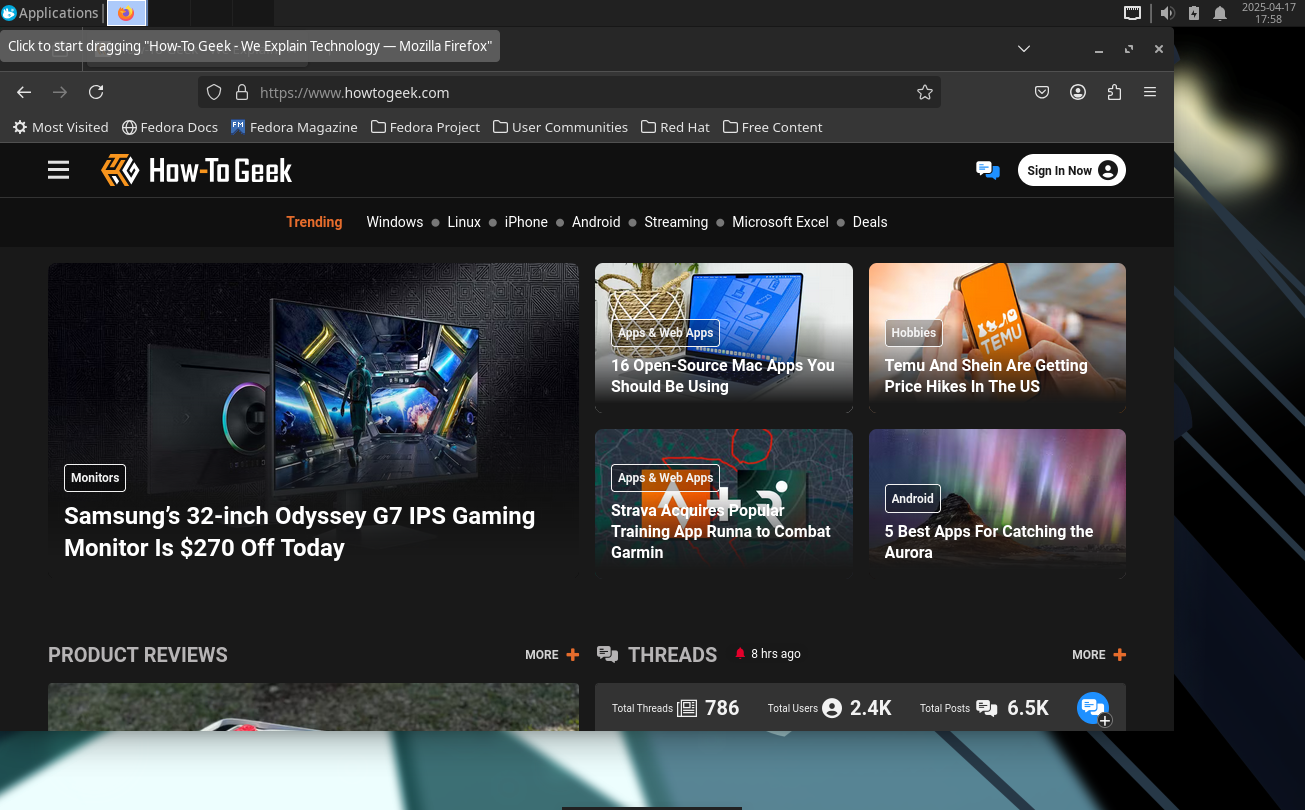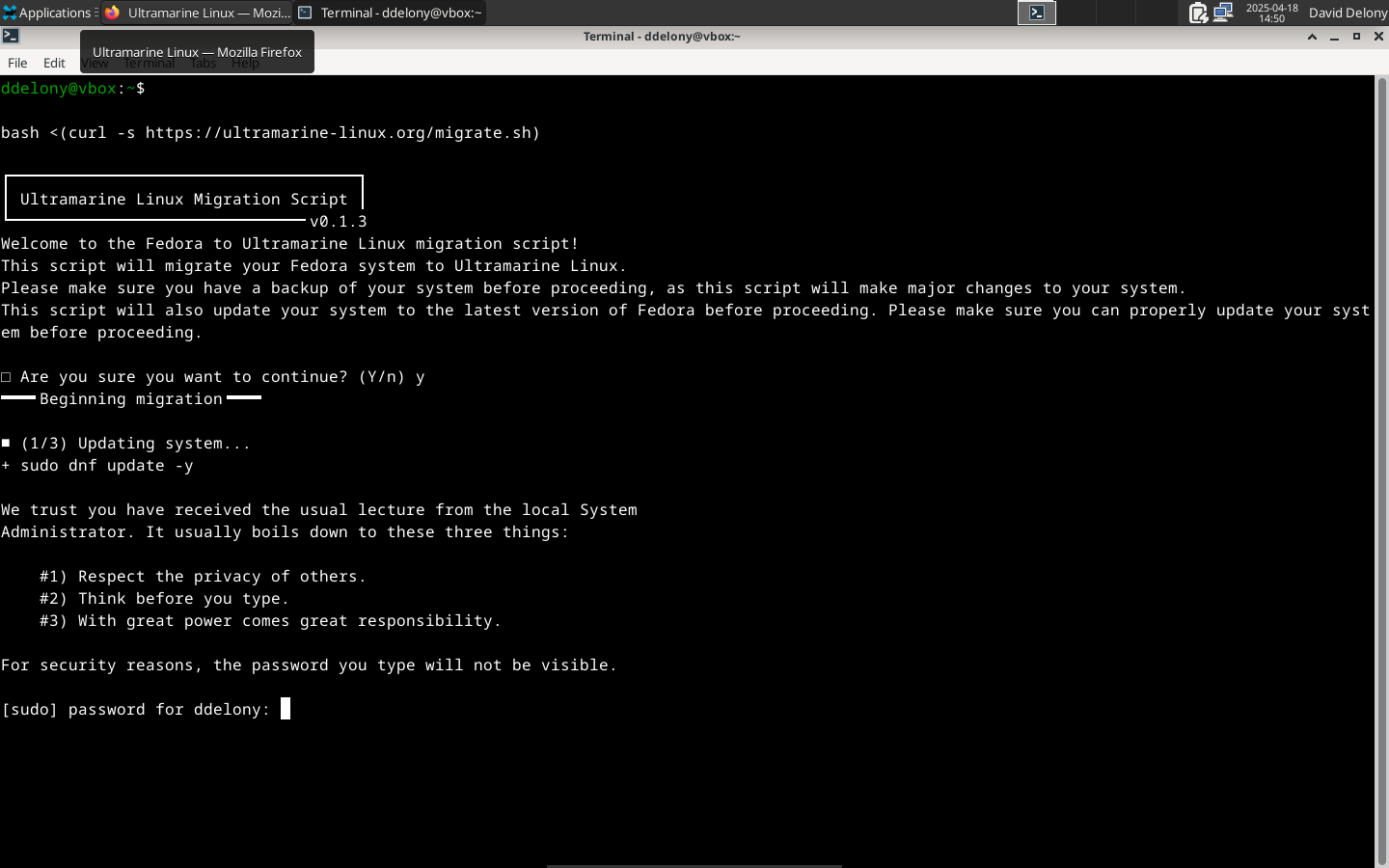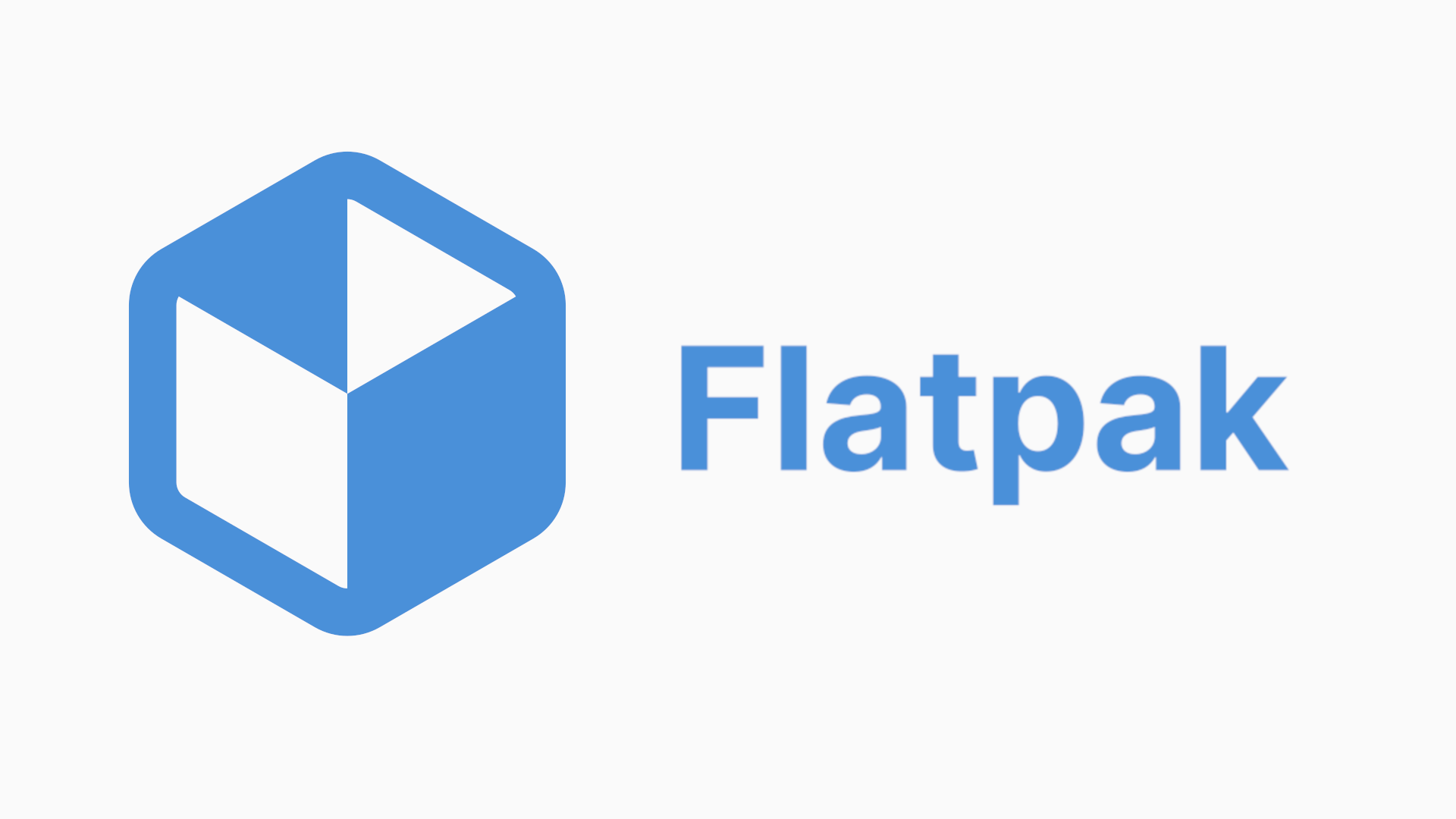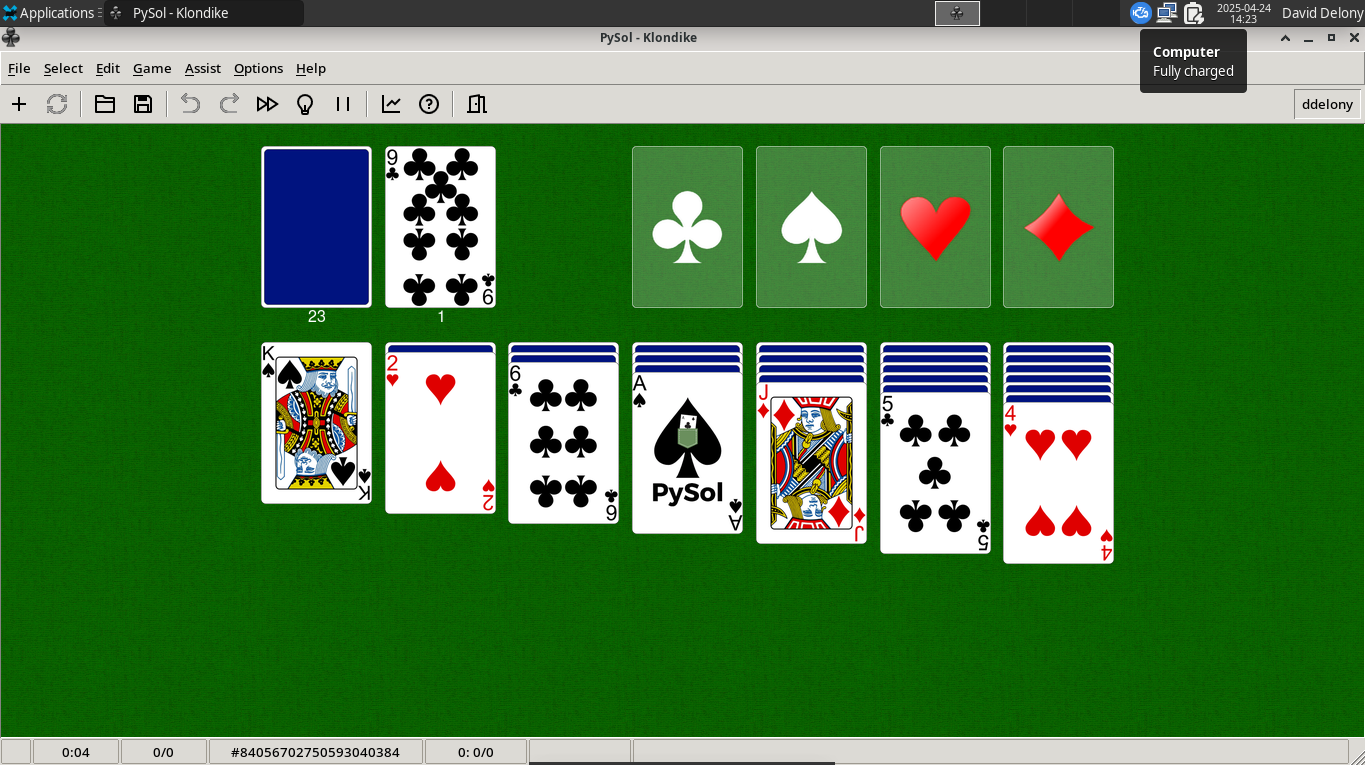Summary
- Ultramarine Linux is a modified Fedora distro aimed at developers and offers popular codecs by default.
- It includes features like Flatpaks, a variety of desktop options, and a unique style influenced by anime.
- Installation can be tricky, but a conversion script from Fedora can help install Ultramarine successfully.
Would you want a distro that just gets out of the way and lets you get to work? Are you tired of making modifications just to use your Linux desktop? Ultramarine Linux might be your solution.
What Is Ultramarine Linux?
Ultramarine Linux is a modified version of Fedora that’s geared for developers. That might seem surprising, given that Fedora is already popular among developers. And it’s popular among one important developer: Linus Torvalds, the creator of the Linux kernel.
It’s created by Fyra Labs, a collective that seems to take a whimsical approach to its presentation. If you look closely at the example screenshot on the Ultramarine website, you might notice that the browser is open to the Wikipedia article on catgirls, and LibreOffice Write is open to an essay on anime catgirls.
The staff listing on the Pyra Labs homepage also has anime avatars. If you want to go through life with the power of Linux and anime on your side, Ultramarine Linux might be your distro.
What Makes Ultramarine Linux Different?
Anime profiles aside, Ultramarine does have some features that distinguish it from its parent distro.
One key difference from Fedora is its stance on free software. While Fedora eschews proprietary software in favor of a mostly pure distro, Ultramarine includes many popular codecs by default. They justify this on their wiki as a pragmatic adaptation. In their view, the lack of the ability to play common media files like MP3s could deter new users with less Linux experience who would know how to install these codecs if they wanted them.
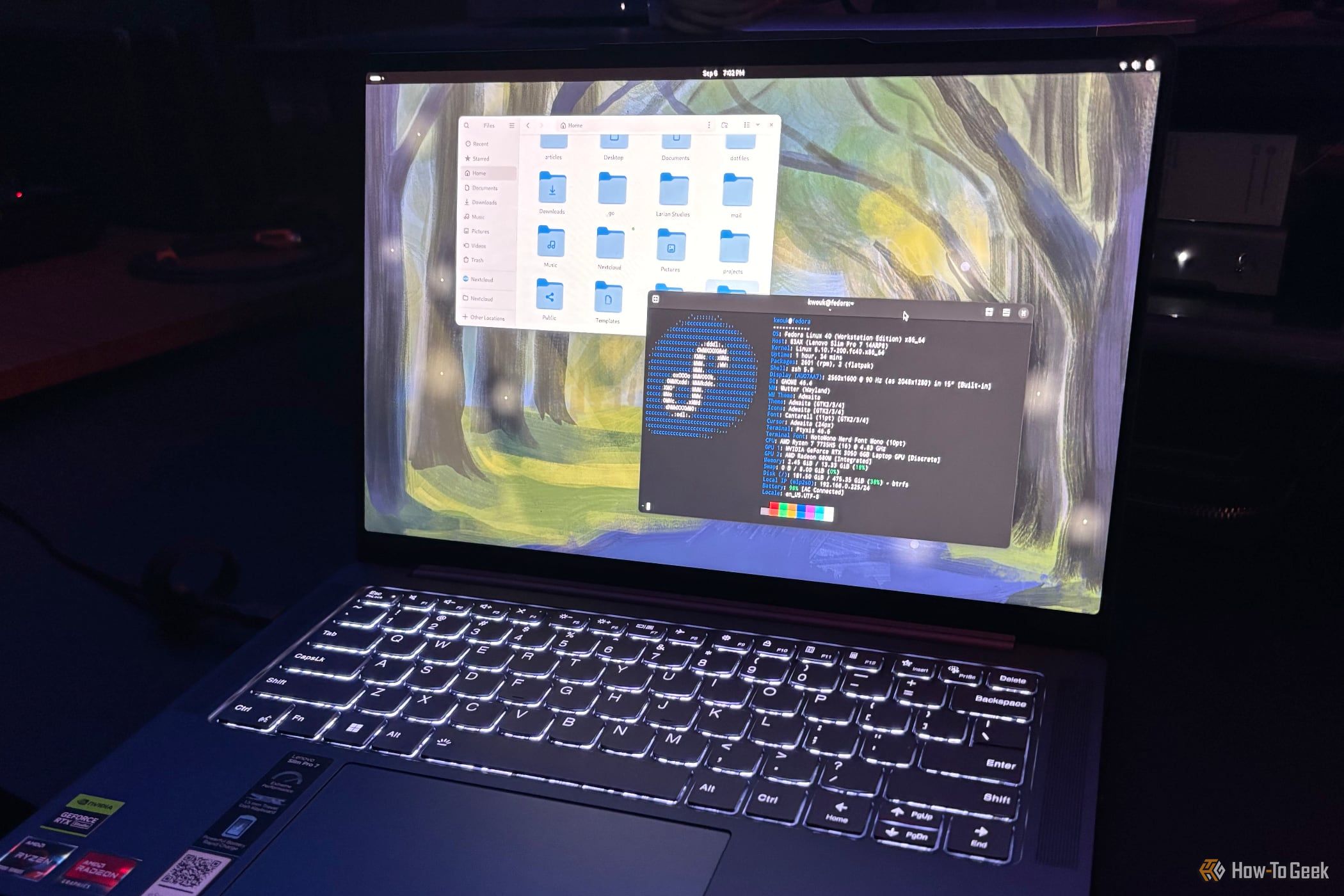
Related
Why I Keep Coming Back to Fedora Workstation
Great hardware support, a stable base, and up-to-date software make Fedora easy to stick with.
They’ve also made other changes. In addition to the standard DNF package manager that installs RPM files, Ultramarine is set up to use Flatpaks, which are sandboxed applications.
Installing Ultramarine Linux
If you have experience installing a Red Hat family distro like Fedora, CentOS, Rocky Linux, etc., you’ll probably feel right at home installing Ultramarine Linux.
You have a choice of default desktops from the download page. You can choose a “Flagship” edition with the Budgie desktop and editions with GNOME, KDE, and Xfce. I chose Xfce because it happens to be my favorite desktop.
You then download the ISO and extract it to your boot media, and then run it on your machine. I used a virtual machine, since this was a distro I wasn’t familiar with. I booted into the live media. Immediately, there wasn’t much that surprised me. It was largely the stock Xfce desktop, but with a dark theme and a different wallpaper.
I made sure the internet connection worked by opening the browser.
There was a shortcut on the desktop to start the installer. When I opened it, I found the standard graphical Anaconda installer that’s common on Red Hat-style distros.
I went through the standard setup, such as setting the language, the partition scheme, and the time zone. The installer already guessed my time zone, and it had a sensible partition scheme already with boot and swap partitions, since I was installing to a blank virtual hard drive.
One thing that was absent from the installation menu was user creation. On Ultramarine, that’s supposed to happen when you boot into your newly installed system.
With the preliminary details out of the way, the installer installed the software onto the drive and then installed the bootloader and initial RAM disk required to boot the kernel.
The installer helpfully informed me that the installation had been completed and that it was time to boot into the system. I still wondered when the user creation menu was supposed to come up, as this usually happened early on in every other Linux installation program I’d used.
When I booted into the new system, I was greeted by…nothing. I saw a completely black screen. I couldn’t even use the Alt+function key combos to get to a virtual console. Not that that would have done me any good. Since the user and root accounts hadn’t been set, I couldn’t log in. When I reluctantly rebooted the system, I got a standard login screen, but still no way to log in.
I wondered if this was due to using the non-Flagship edition. I tried again with the Flagship ISO, but I still ran into the same problem. I have no idea if this is a bug that affects Ultramarine as a whole, or maybe it doesn’t like virtual machines.
I did manage to install Ultramarine via the back way. The developers have created a script to convert existing Fedora installations to Ultramarine. I wondered if that could work. I downloaded a stock Fedora Xfce image and installed that in the usual way.
I was able to install the standard Fedora Xfce version, since it sets up a username and password I could use to log in. I could have probably booted Ultramarine from a live distro, mounted the virtual drive, chrooted into it, and then created a login user and password, but this was an opportunity to see how well the installation script would work for someone who wanted to convert to Ultramarine.
All I had to do was copy the script from the Ultramarine homepage and then paste it into a terminal.
You shouldn’t normally paste random scripts you find on the internet into your terminal, but this was from the developers.
It prompted me for my password and then changed some repositories. The script then installed some new packages. It even changed the theme. I finally had a version of Ultramarine installed on my virtual machine.
There were still some small annoyances. I ended up with a black background since the script appeared to get rid of the default Fedora wallpaper. Fortunately, it had installed the wallpapers I remembered from the live version, so I quickly changed it.
It also shows the Fedora splash screen instead of the Ultramarine one, but this is trivial. I was just glad to have a working installed version of Ultramarine I could log in to.
I’m still baffled as to why the developers changed how logins were handled during installation in the first place. There’s a reason most installation programs have you set up user accounts early on.
What It’s Like to Use Ultramarine Linux
Despite the early headaches of installing Ultramarine, it felt quite nice to use. It seemed like a familiar desktop environment, one that I could slip into like a comfortable pair of shoes. It comes with the standard things you would expect a Linux desktop to have, like the Firefox browser and the LibreOffice productivity suite.
My first impression was that Ultramarine felt quite familiar. I tend to go for lighter themes than dark, but I didn’t have to think too much about using it. Despite being a die-hard Debian/Ubuntu user, this was something I could at least imagine using as a daily driver.
My next task was to see how well installing software worked. I could install packages with DNF, but since Flatpaks were advertised, I wanted to see how well the system handled installing them.
Despite the completeness of Ultramarine, the one thing that was missing was a solitaire game. I decided to install PySolFC, which has hundreds of solitaire games. It’s on Flathub, and Ultramarine is already set up to use it. So I just issued the command to install it:
flatpak install pysolfc
Peculiarly, it appears I ended up with two copies of PySolFC.
Is Ultramarine Linux Worth Installing?
Would I recommend Ultramarine? It’s nice enough to use, but I don’t know if the tweaks would justify a whole new distro if you were already a Fedora user. You could probably install its features piecemeal, or even use that installation script. If it sounds interesting and you want to try Ultramarine on real hardware, you might want to have a stock Fedora installation image and be prepared to use the installation script to convert it.


